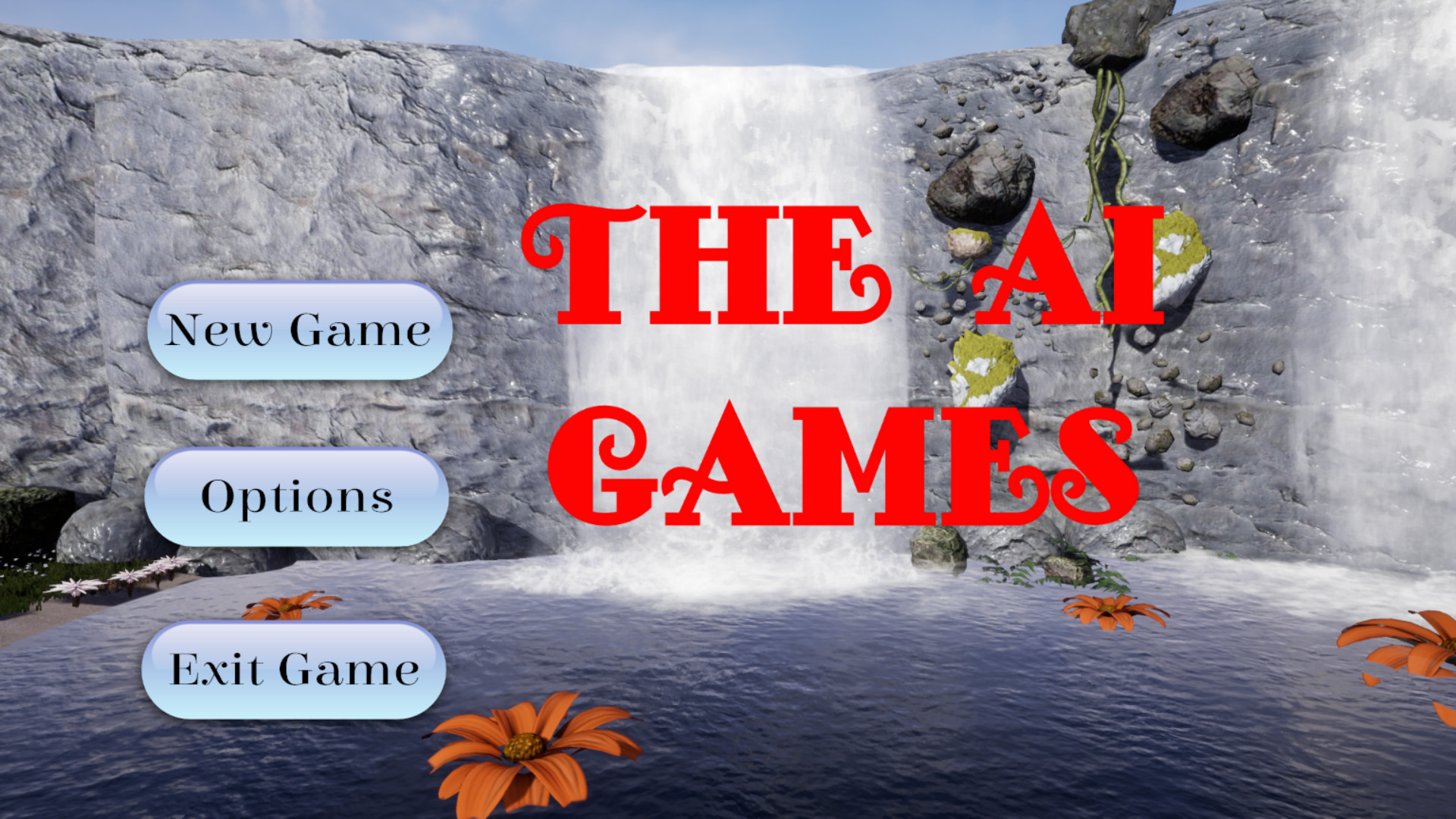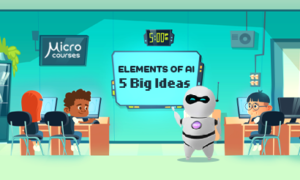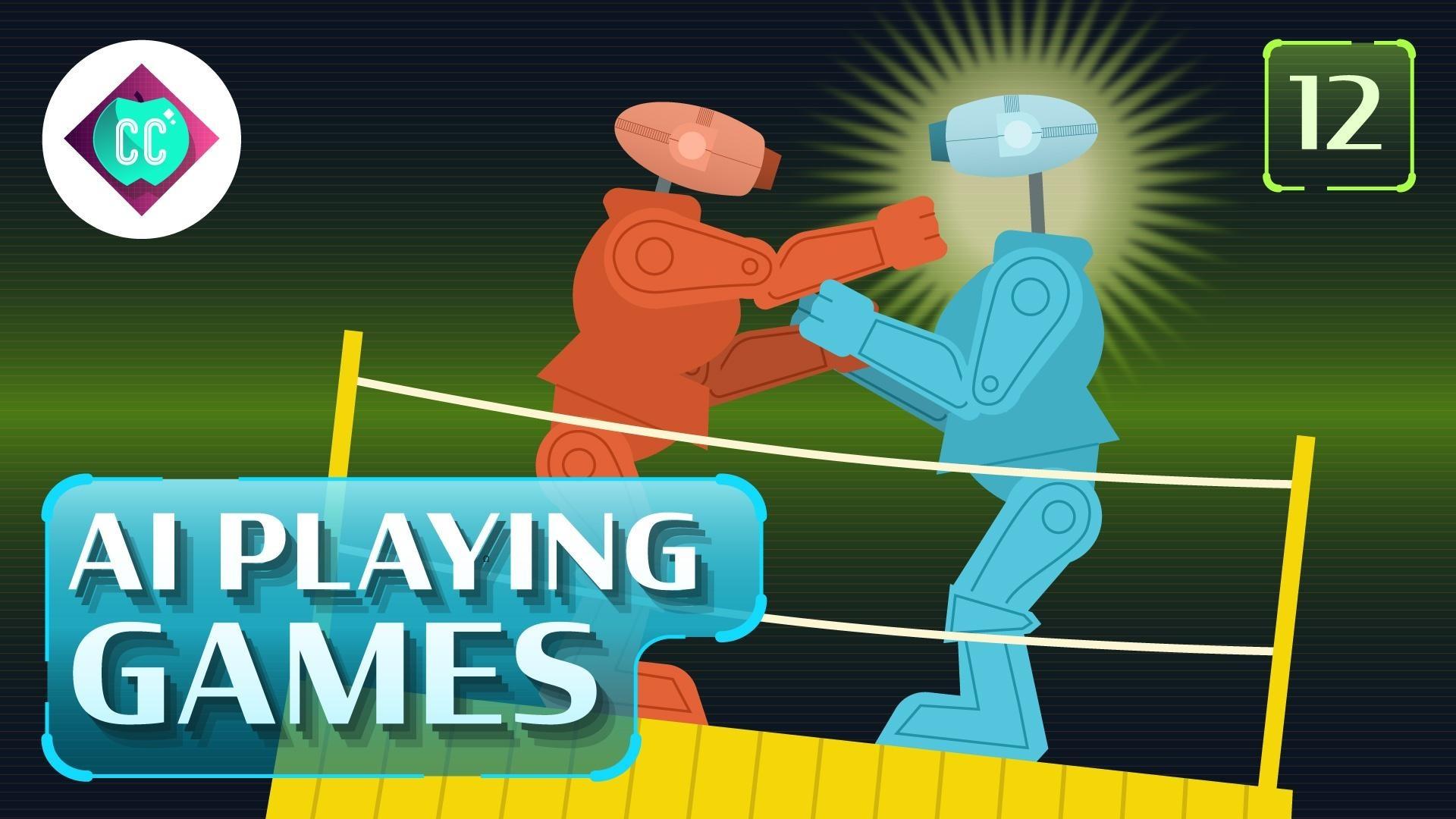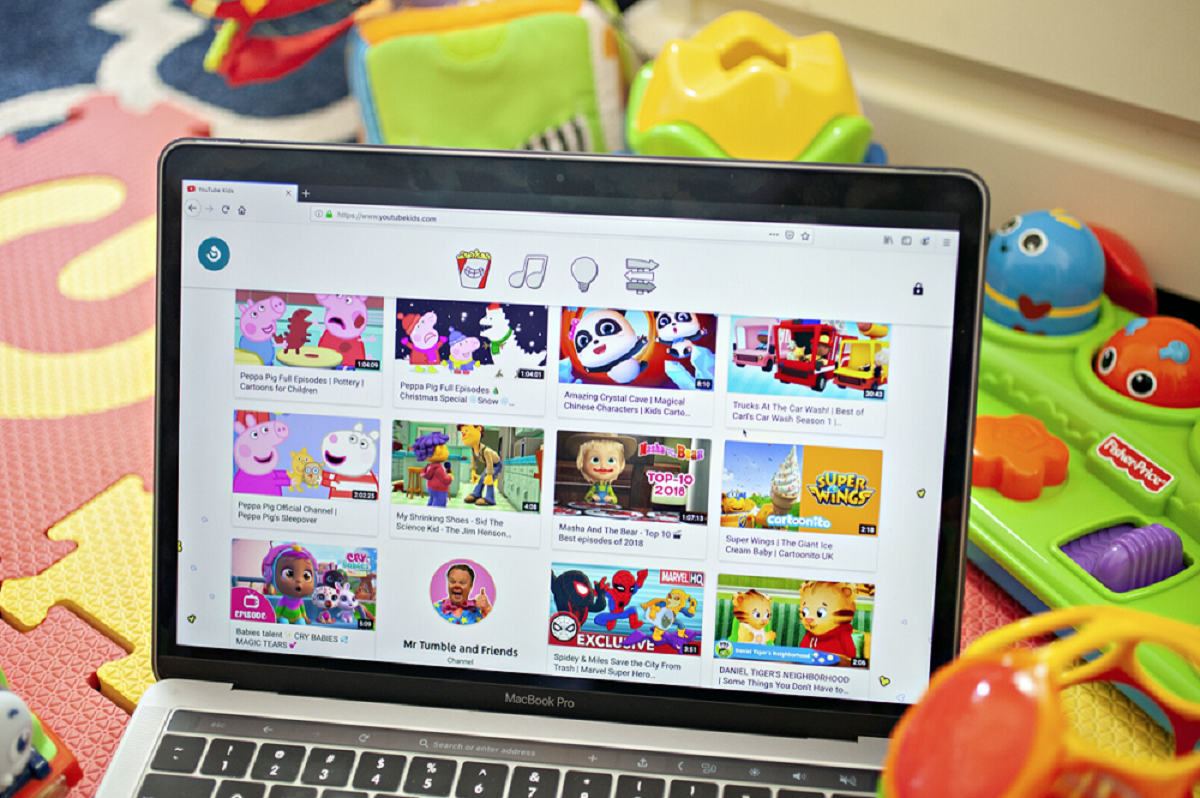AI-Driven Educational Games: The Future of Learning?
Educational games have been around for decades, but they have traditionally been limited in their ability to provide truly personalized and engaging learning experiences. This is because traditional educational games are typically designed around a single, linear narrative, and they do not adapt to the individual needs of each learner. As a result, these games can often be boring and frustrating for students who are not interested in the game's subject matter or who are struggling to keep up with the game's pace.

AI-driven educational games, on the other hand, have the potential to overcome these limitations by providing students with a more personalized and engaging learning experience. AI-driven games can track each student's progress and adjust the game's difficulty level accordingly. They can also provide students with real-time feedback and guidance, and they can even recommend additional resources that students may find helpful.
As a result, AI-driven educational games have the potential to make learning more fun, more effective, and more accessible for all students.
How AI-Driven Educational Games Work

AI-driven educational games use artificial intelligence (AI) to provide students with a more personalized and engaging learning experience. AI-driven games can track each student's progress and adjust the game's difficulty level accordingly. They can also provide students with real-time feedback and guidance, and they can even recommend additional resources that students may find helpful.
AI-driven educational games work by using a variety of different AI techniques, including:
- Natural language processing (NLP): NLP allows AI-driven games to understand and respond to human language. This allows games to provide students with personalized feedback and guidance, and it also allows games to recommend additional resources that students may find helpful.
- Machine learning (ML): ML allows AI-driven games to learn from students' interactions with the game. This allows games to adjust the game's difficulty level and content over time, ensuring that the game is always challenging and engaging for each student.
- Computer vision (CV): CV allows AI-driven games to track students' progress and performance. This allows games to provide students with real-time feedback, and it also allows games to identify students who are struggling and who may need additional help.

The Benefits of AI-Driven Educational Games
AI-driven educational games offer a number of benefits over traditional educational games, including:
- Personalization: AI-driven games can track each student's progress and adjust the game's difficulty level accordingly. This ensures that the game is always challenging and engaging for each student.
- Engagement: AI-driven games are often more engaging than traditional educational games because they are more interactive and they provide students with real-time feedback and guidance.
- Effectiveness: AI-driven games can be more effective than traditional educational games because they can track students' progress and adjust the game's content accordingly. This ensures that students are learning the material that they need to learn.
- Accessibility: AI-driven games can be more accessible than traditional educational games because they can be played on a variety of different devices. This makes it possible for students to learn anywhere, at any time.

The Future of AI-Driven Educational Games
AI-driven educational games are still in their early stages of development, but they have the potential to revolutionize the way that students learn. By providing students with a more personalized, engaging, and effective learning experience, AI-driven games can help students to reach their full potential.
Here are some of the ways that AI-driven educational games are expected to change the future of learning:

- AI-driven games will make learning more personalized. AI-driven games will be able to track each student's progress and adjust the game's difficulty level accordingly. This will ensure that the game is always challenging and engaging for each student.
- AI-driven games will make learning more engaging. AI-driven games will be more interactive and engaging than traditional educational games. They will provide students with real-time feedback and guidance, and they will even recommend additional resources that students may find helpful.
- AI-driven games will make learning more effective. AI-driven games will be able to track students' progress and adjust the game's content accordingly. This will ensure that students are learning the material that they need to learn.
- AI-driven games will make learning more accessible. AI-driven games can be played on a variety of different devices. This will make it possible for students to learn anywhere, at any time.
AI-driven educational games have the potential to revolutionize the way that students learn. By providing students with a more personalized, engaging, and effective learning experience, AI-driven games can help students to reach their full potential.
Conclusion


AI-
Post a Comment